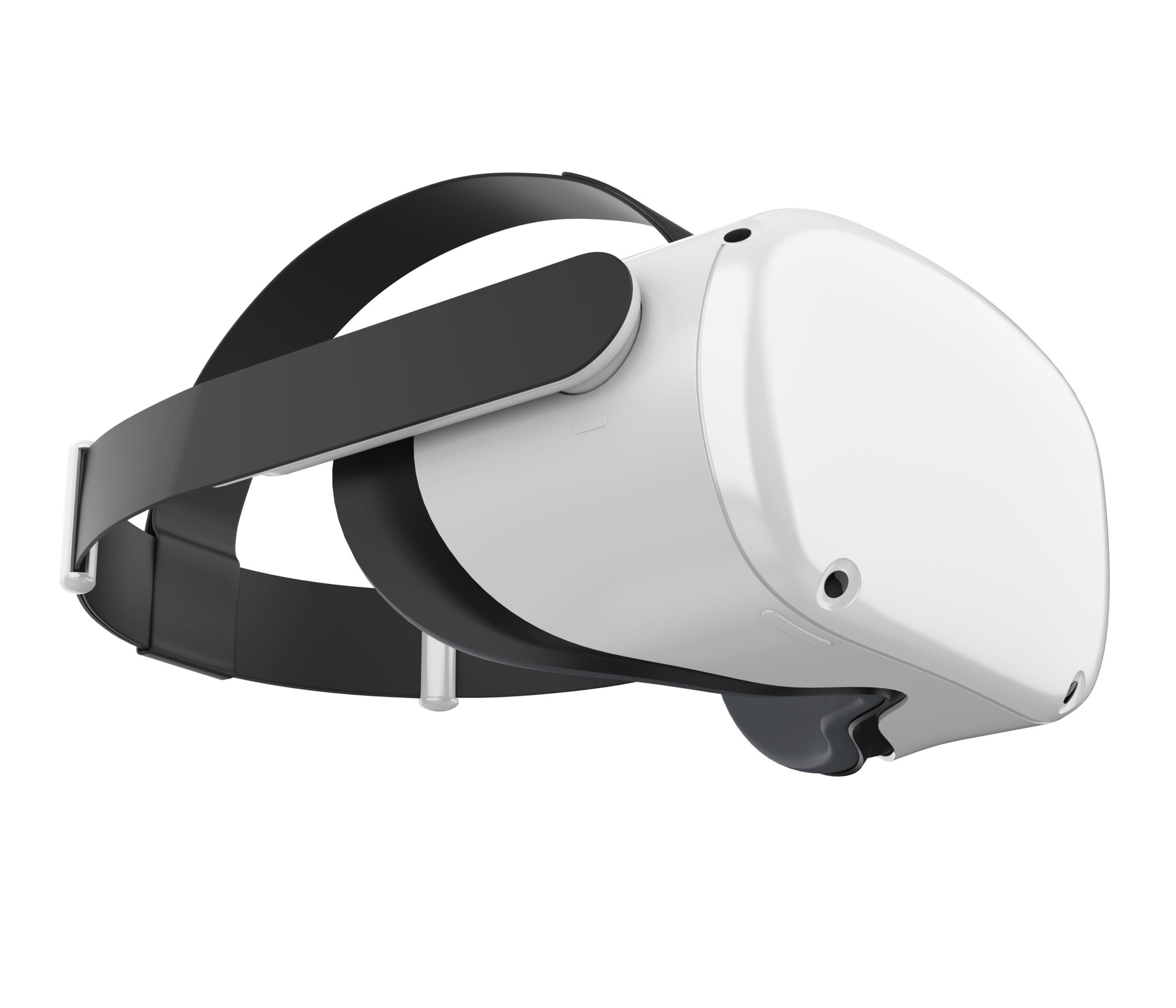Exploring the Latest Innovations in Video Production Technology
JN
Introduction to Video Production Innovations
The world of video production is continually evolving, with new technologies shaping the way we create and consume visual content. From the rise of virtual reality to the implementation of artificial intelligence, these advancements are revolutionizing the industry. This blog post explores some of the latest innovations that are redefining video production and what they mean for content creators and consumers alike.
High-Resolution Cameras and Lenses
One of the most significant advancements in video production technology is the development of high-resolution cameras and lenses. Cameras capable of shooting in 4K and even 8K resolution have become more accessible, offering filmmakers unparalleled clarity and detail. These high-resolution capabilities are supported by advanced lenses that provide superior color accuracy and sharpness, enabling creators to capture stunning visuals.

Impact on Content Quality
The improvement in camera technology has a direct impact on content quality, allowing filmmakers to produce visually appealing videos that captivate audiences. The ability to shoot in higher resolutions also provides greater flexibility in post-production, such as cropping and zooming without losing image quality. This flexibility is essential for both professionals and amateurs who aim to deliver high-quality content across various platforms.
Artificial Intelligence in Editing
Artificial intelligence (AI) is transforming the editing process, making it faster and more efficient. AI-powered tools are now capable of automating tasks that traditionally required significant time and effort. For instance, AI can assist in video editing by intelligently selecting the best shots, organizing clips, and even suggesting edits based on predefined styles or preferences.
Enhanced Creativity and Efficiency
With AI handling mundane editing tasks, editors can focus more on the creative aspects of video production. This shift not only enhances creativity but also increases efficiency, allowing for quicker turnaround times. AI-driven tools also enable editors to experiment with new styles and techniques, pushing the boundaries of traditional video production.

Virtual Reality and Augmented Reality
Virtual reality (VR) and augmented reality (AR) are opening new avenues in video production, offering immersive experiences that were previously unimaginable. VR creates fully immersive environments, while AR overlays digital elements onto the real world. These technologies are being used to create engaging content that goes beyond traditional storytelling techniques.
Expanding Storytelling Possibilities
The integration of VR and AR into video production expands storytelling possibilities, allowing creators to craft interactive narratives that engage viewers on a deeper level. This innovation is particularly impactful in industries such as gaming, education, and entertainment, where immersive experiences can enhance user engagement and retention.

Cloud-Based Collaboration
The rise of cloud technology has facilitated seamless collaboration among video production teams, regardless of their physical location. Cloud-based platforms allow team members to access, share, and edit projects in real-time, improving workflow efficiency and communication. This innovation is particularly beneficial for large productions where multiple stakeholders are involved.
Streamlined Production Processes
Cloud-based collaboration tools help streamline production processes by centralizing project management and asset organization. Teams can easily track progress, provide feedback, and implement changes instantaneously. This enhanced collaboration capability not only saves time but also reduces the risk of errors or miscommunication during the production process.
Conclusion: Embracing Technological Advancements
As video production technology continues to advance, it is crucial for creators to embrace these innovations to stay competitive in an ever-evolving industry. Whether it's leveraging high-resolution cameras, integrating AI into editing workflows, or exploring VR and AR possibilities, these technologies offer exciting opportunities to enhance storytelling and improve content quality. By staying informed and adaptable, content creators can harness these advancements to produce compelling videos that resonate with audiences worldwide.

